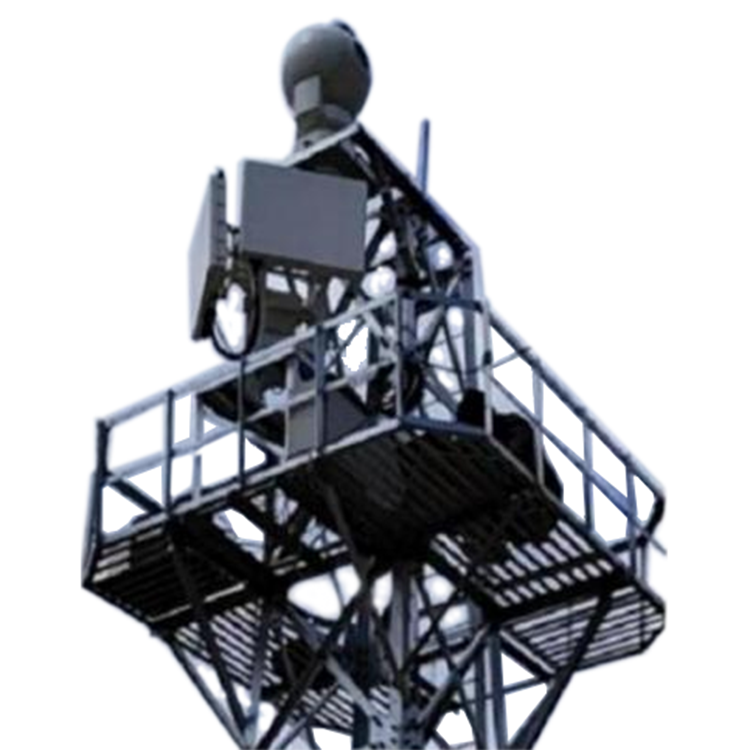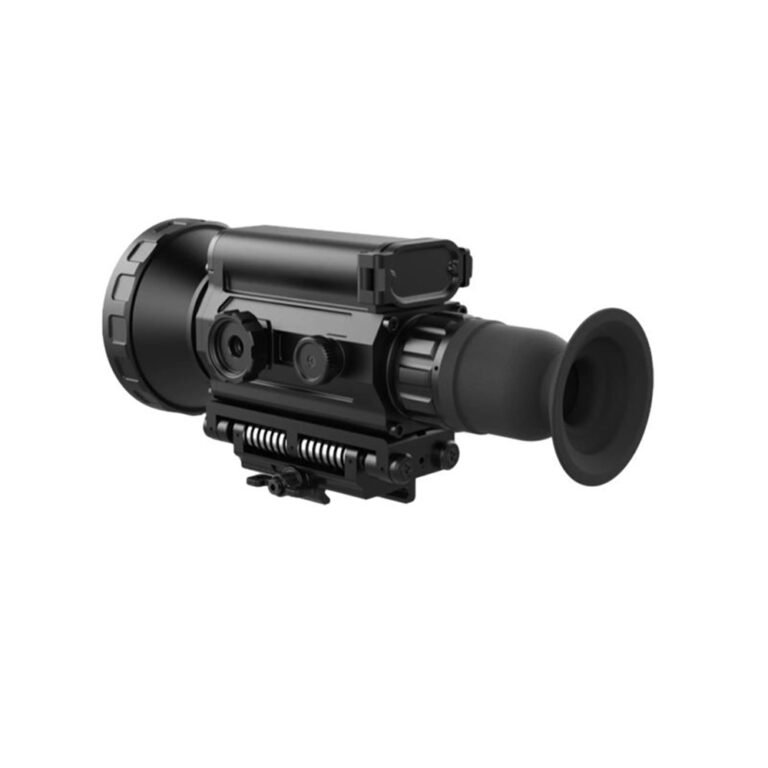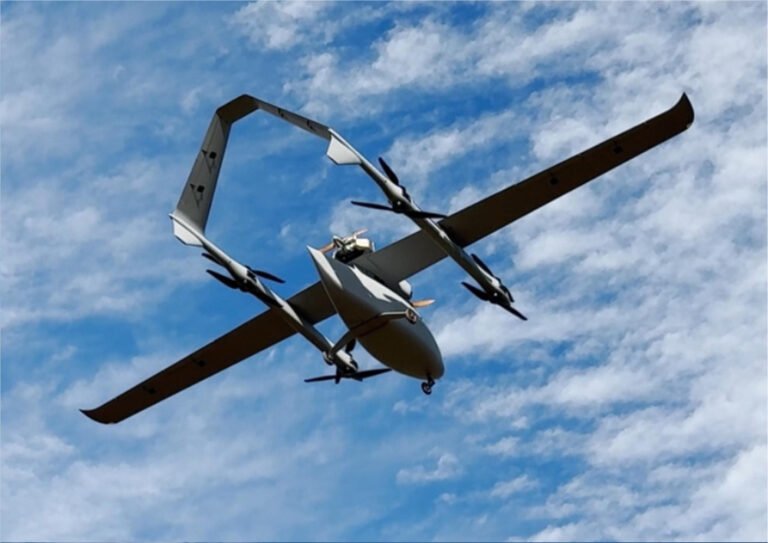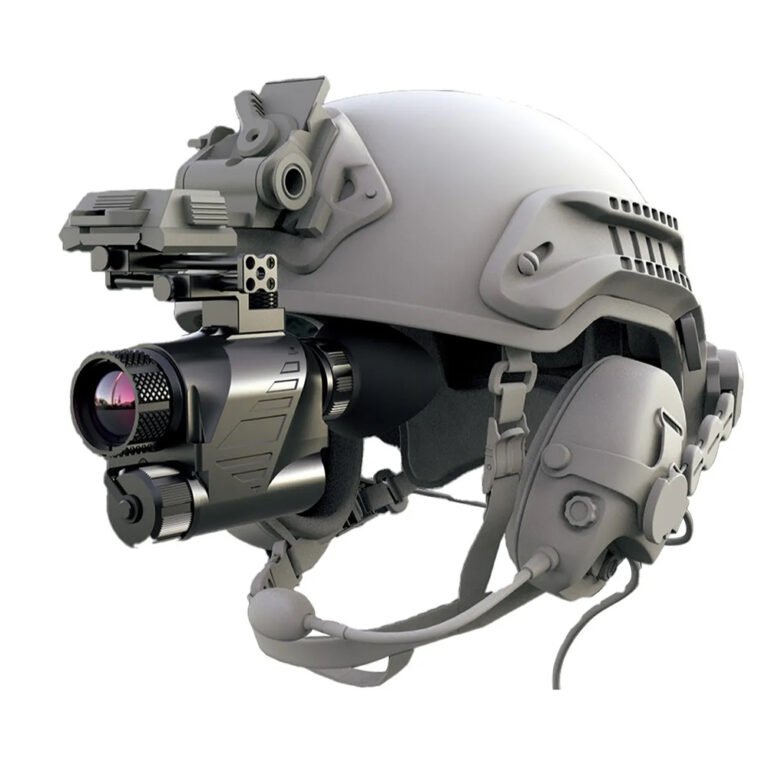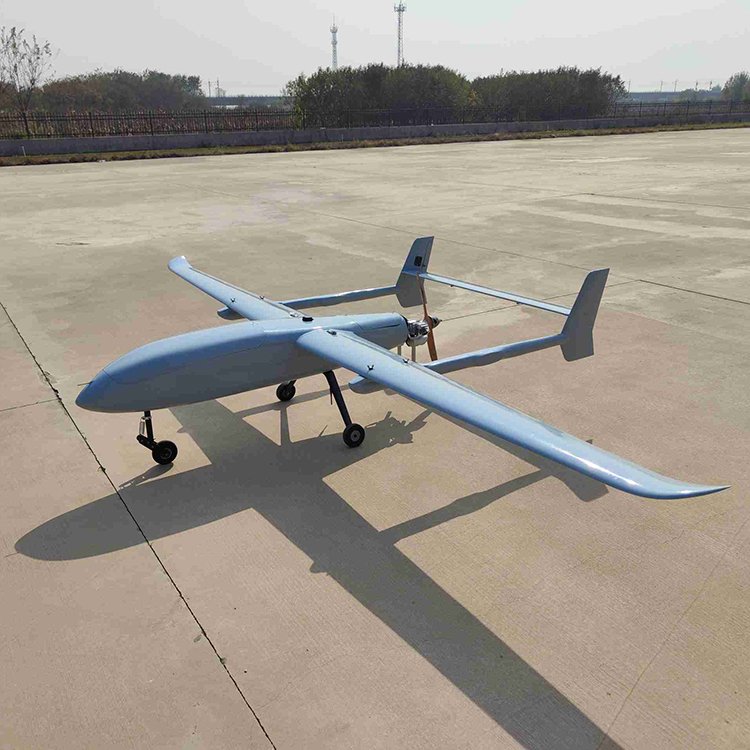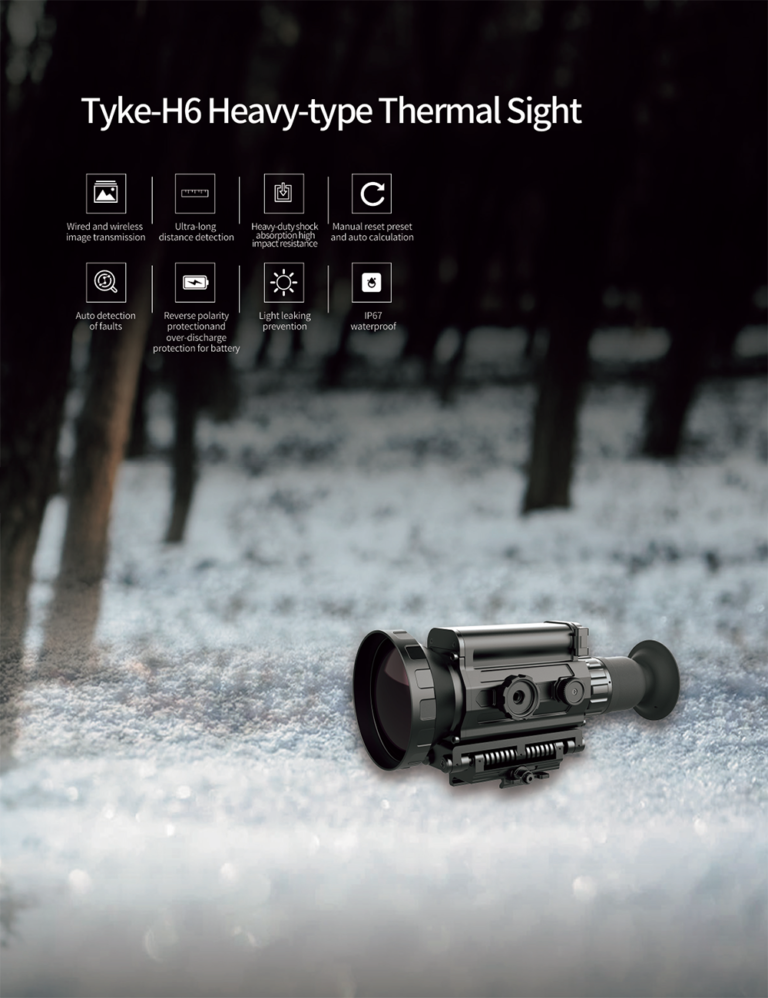Create a Small Air Defense Early Warning System
Creating a small air defense early warning system involves several key components and steps to ensure effective detection and response to aerial threats. Here’s a concise guide:
Steps to Create a Small Air Defense Early Warning System
- Define Objectives and Requirements
- Determine the specific threats you aim to detect (e.g., drones, missiles) and the operational environment (urban, rural, military bases).
- Select Detection Technology
- Choose appropriate sensors such as radar systems (e.g., X-Band radars for short-range detection) or electro-optical systems for tracking aerial targets. Consider systems that provide 360-degree coverage.
- Integrate Communication Systems
- Ensure that the system can communicate effectively with command centers and other defense units. This may include secure radio communications and data links for real-time information sharing.
- Implement Alarm Mechanisms
- Set up alarm systems that utilize visual, auditory, and tactile alerts to notify operators of detected threats. Customizable thresholds for alarms can enhance responsiveness.
- Develop a Control Center
- Establish a command and control center where operators can monitor incoming threats, assess data from sensors, and make informed decisions regarding countermeasures.
- Incorporate Countermeasure Systems
- Integrate countermeasures such as electronic warfare capabilities or surface-to-air missile systems that can be activated upon threat detection.
- Conduct Testing and Training
- Regularly test the system in various scenarios to ensure reliability and effectiveness. Provide training for operators to familiarize them with the system’s functionalities.
- Ensure Scalability and Modularity
- Design the system to be modular, allowing for future upgrades or expansions based on evolving threats or technological advancements.
- Monitor and Maintain the System
- Implement a maintenance schedule to ensure all components are functioning correctly, and continuously monitor performance to adapt to new challenges.
By following these steps, you can establish a robust small air defense early warning system that enhances situational awareness and improves response capabilities against aerial threats.

